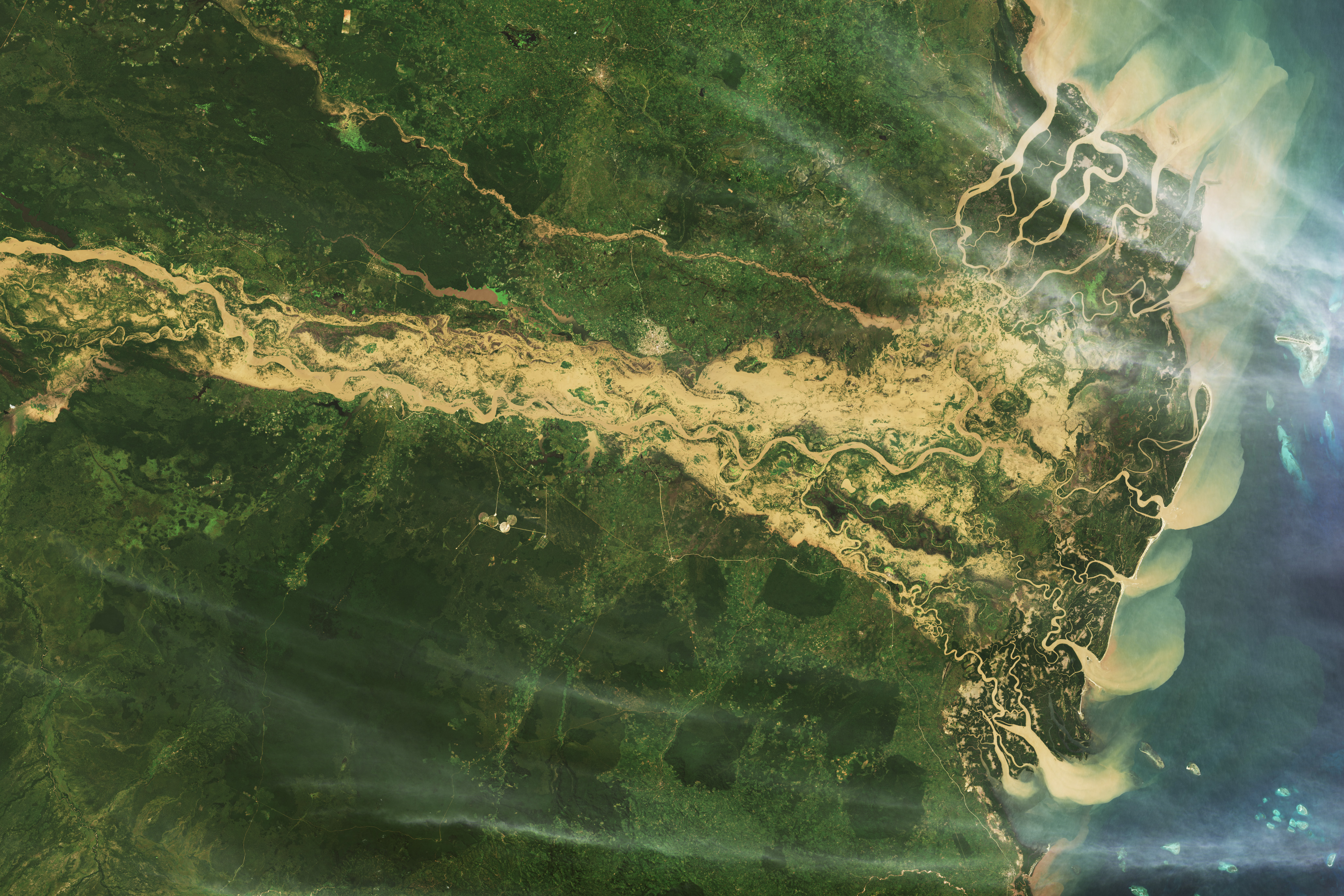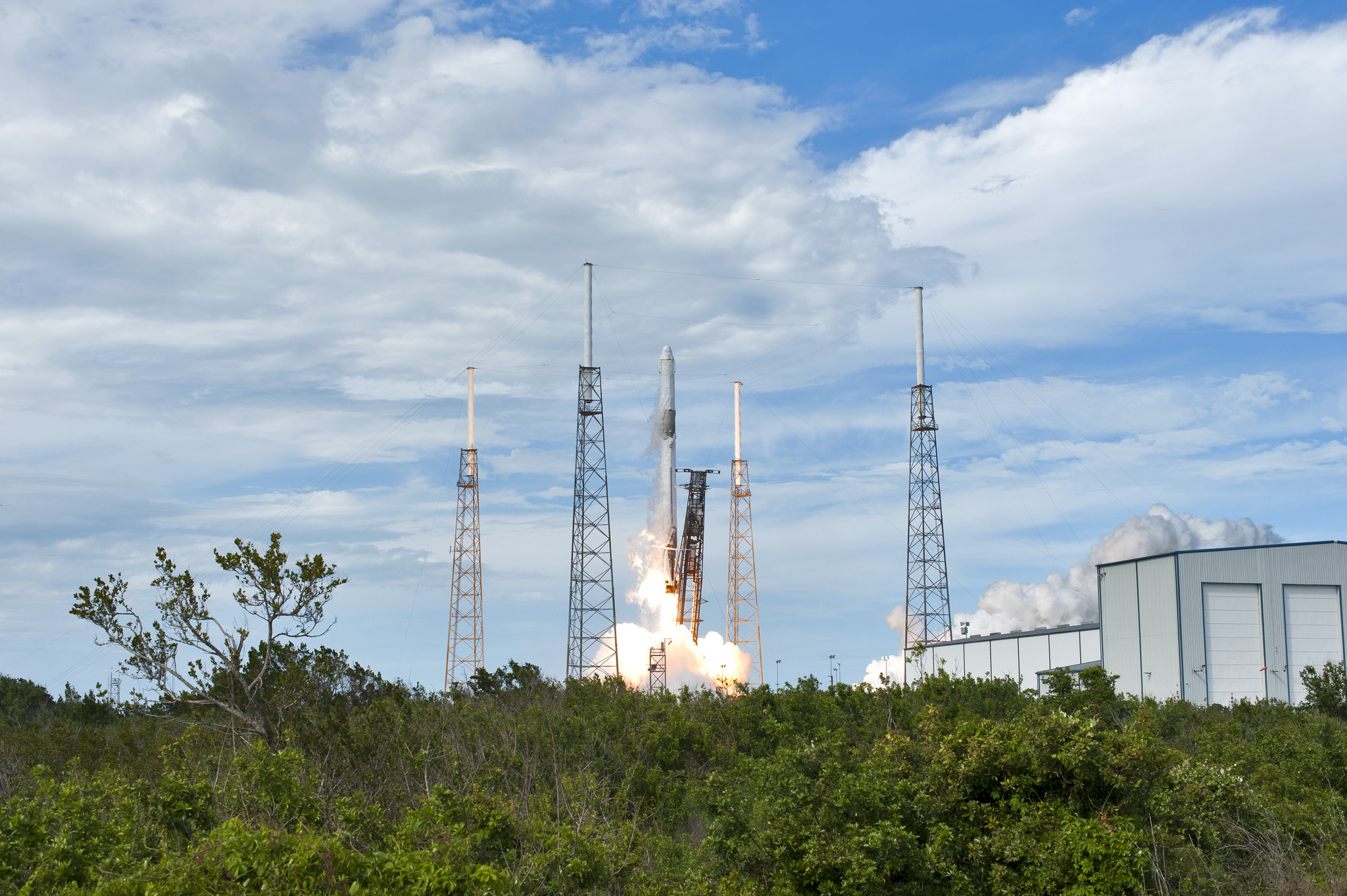Media accreditation now is open for the launch of the next SpaceX delivery of NASA science investigations, supplies and equipment to the International Space Station, currently targeted for late June.
A Dragon cargo spacecraft will launch on a Falcon 9 rocket from Space Launch Complex 40 at Cape Canaveral Air Force Station (CCAFS) in Florida.
Media prelaunch and launch activities will take place at neighboring NASA’s Kennedy Space Center and CCAFS.
Credentialing deadlines are as follows:
· International media without U.S. citizenship must apply by 4:30 p.m. EDT Friday, May 25, for access to CCAFS or by 4:30 p.m. Thursday, June 14, for access to Kennedy media activities only.
· U.S. media must apply by 4:30 p.m. Thursday, June 21.
All media accreditation requests should be submitted online at:
For questions about accreditation, please email ksc-media-accreditat@mail.nasa.gov. For other questions, contact Kennedy’s newsroom at 321-867-2468.
This is the 15th SpaceX mission under NASA’s Commercial Resupply Services contract. Each resupply mission to the station also delivers scientific investigations in the areas of biology and biotechnology, Earth and space science, physical sciences, and technology development and demonstrations.
Highlights of space station research that will be facilitated by this Dragon’s arrival are:
· A cellular biology investigation to understand how microgravity affects the growth, gene expression and ability of a model bacterium to transfer electrons through its cell membrane along bacterial nanowires it produces. Such bacteria could be used in microbial fuel cells to make electricity from waste organic material.
· An Earth science instrument called ECOsystem Spaceborne Thermal Radiometer Experiment on Space Station (ECOSTRESS) will provide a new space-based measurement of how plants respond to changes in water availability. This data can help society better manage agricultural water use.
Included in the cargo is a physical sciences investigation that will enable U.S. National Laboratory research, which is managed by the Center for the Advancement of Science in Space. The goal of this investigation is to improve our fundamental understanding of physical interactions between soil and sediment particles of quartz and clay, commonly found in a wide variety of environmental settings such as rivers, lakes, and oceans, which has important applications on Earth for geologists and engineers. Additional biology and biotechnology investigations seek to improve understanding of endothelial cells that line the walls of blood vessels, the location of the hydrogen atoms in a molecule as a means to target drug design and delivery, and the genes in algae that cause growth.
The International Space Station is a convergence of science, technology and human innovation that demonstrates new technologies and enables research not possible on Earth. The space station has been occupied continuously since November 2000. In that time, more than 230 people and a variety of international and commercial spacecraft have visited the orbiting laboratory. The space station remains the springboard to NASA’s next great leap in exploration, including future human missions to the Moon and eventually to Mars.
For launch countdown coverage, NASA’s launch blog, and more information about the mission, visit:
-end-
Stephanie Schierholz
Headquarters, Washington
202-358-1100
stephanie.schierholz@nasa.gov
Mary MacLaughlin
Kennedy Space Center, Fla.
321-867-2468
mary.maclaughlin@nasa.gov




























